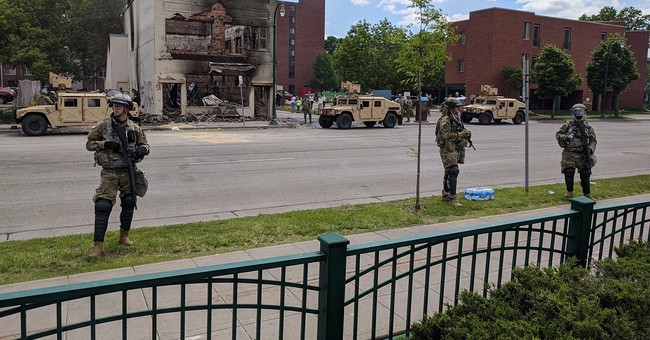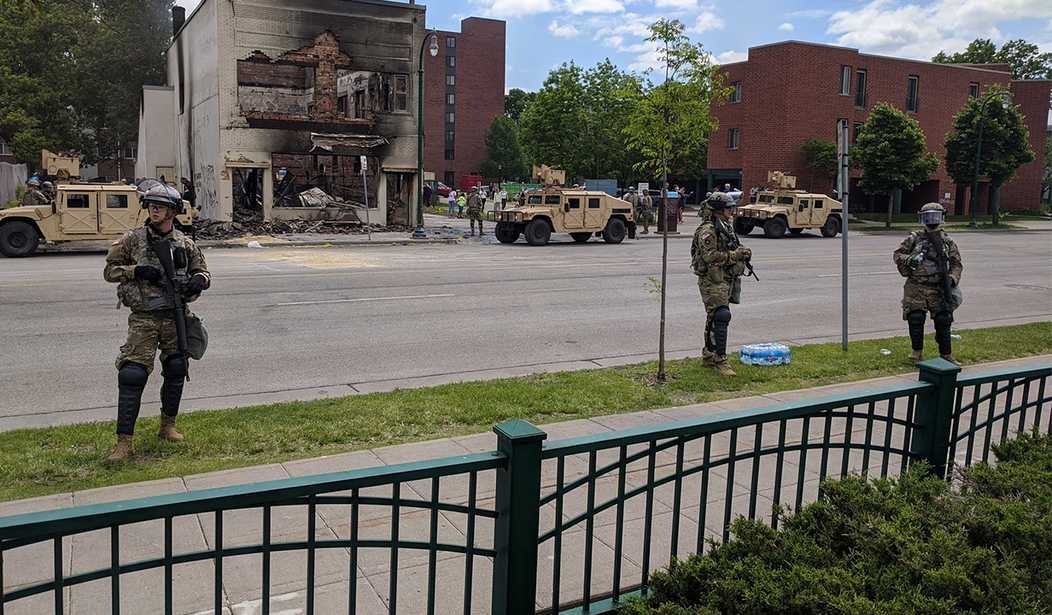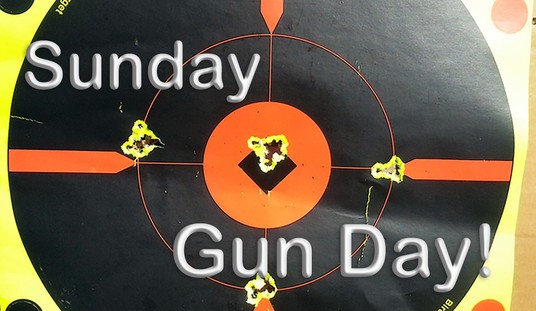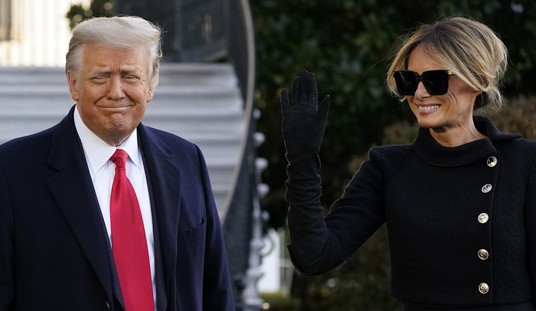
Earlier Red State contributor Nick Armana reported on Letter signed by six Minnesota Mayors — Democrats all — formally endorsing Donald Trump’s candidacy for re-election.
The implications of this letter owe not just to the traditional political allegiances of the Mayors who signed, but to the nature of the Democrat party in Minnesota, and the political history of the “Iron Range” and the people who settled that area of Minnesota many generations ago.
It is easy to look at the events in Minneapolis over the past three months and conclude that Pres. Trump might do better there in 2020 as a result of the violence allowed to happen by the left-wing politics of the Minneapolis Mayor, City Council, and the Governor of the state. While there may be some impact at the margins, the Cities of Minneapolis and St. Paul are among two the most liberal bastions of wrong-headed left-wing political orthodoxy that exists in the United States. The populations are overwhelmingly “true believers”, and are more likely to sympathize with the grievance politics of groups like Antifa and BLM, than to abandon those groups over concerns about “Marxism” in order to support Donald Trump.
St. Paul is in Ramsey County, and Minneapolis is in Hennepin County. Below are election results for just Hennepin County, but the results for Ramsey county were not materially different.
Hennepin County has voted in favor of Democrat candidates over GOP candidates for President over the past 8 election cycles in the following numbers:
2016: 63% — 28%
2012: 62% — 35%
2008: 63% — 35%
2004: 59% — 39%
2000: 53% — 39% (Ralph Nader 6%)
1996: 54% — 33% (Ross Perot 9%)
1992: 47% — 30% (Ross Perot 21%)
1988: 54% — 44%
As set forth above, the widest spread between Democrat and GOP candidates in greater Minneapolis/Hennepin County was 2016 — 35%.
Yet in 2016 Donald Trump lost Minnesota to Hillary Clinton by only 46.4% — 44.9%.
Hennepin County contributed 429,000 votes out of the total 1,368,000 votes registered for Clinton state-wide. Ramsey County was another 177,000, meaning the Twin Cities metro area accounted for roughly 600,000 of the 1,368,000 votes for Hillary Clinton.
Donald Trump received a total of 262,000 votes from those two counties and 1,050,00 votes from the remainder of Minnesota. That means Clinton lost to Donald Trump in Minnesota — outside Hennepin and Ramsey counties — by a margin of roughly 1,070,000 to 768,000.
The six Democrat mayors who endorsed Pres. Trump’s re-election are from six Minnesota “cities” in what is known as the “Iron Range” of the state. They represent very small communities, but the politics of these communities has been well established and consistent for many generations, influenced by industry and “labor” histories that have dominated this region for a century.
The “Iron Range” is a region of Northeast Minnesota that is on the shore of Lake Superior. It is known for large deposits of iron ore. The area has been mined for the iron ore since 1900. Tens of thousands of immigrants arrived from Finland, Austria-Hungary, Italy, Sweden, Norway, Canada, and England to work mining the ore that made the Iron Range famous and built its communities. In 1885, there were fewer than five thousand people living on the Iron Range. By 1920, the population exceeded a hundred thousand. This growth was spurred by the need for labor in the mines and corresponded with a massive wave of immigration from southern and eastern Europe. Immigrants eventually constituted more than half of the Iron Range population. In the mines, they formed 85 percent of the workforce.
Over time the ethnic distinctions diminished, and shared experiences created a new, interethnic identity. One such shared experience — enduring the hardship of life as a laborer in the iron mines — led to workplace organization. The first large-scale strike occurred in 1907 when the Western Federation of Miners organized a walk-out on the Mesabi mine operations. In 1916, the Industrial Workers of the World led the most important labor conflict in Iron Range history.
So by vast numerical majorities, the history of the population of the Iron range is linked to organized labor and the rise of labor unions as a key component of the Democrat Party coalition throughout the Twentieth Century. But, as expressed by the Mayors in their letter, the bond has been broken by Democrat supported policies that have resulted in the losses of tens of thousands of jobs in the Iron Range. The “counter-weight” in the Democrat Party coalition — environmentalists who champion policy plans such as the “Green New Deal.”
The Eighth Congressional District covers most of the Iron Range. Between 1947 and 2011, it was represented by only two people — John Blatnick (1947-75) and Jim Oberstar (1975-2011) — both Democrats. That’s 64 years, 32 consecutive congressional terms — in the hands of the Democrat-Farm-Labor party of Minnesota.
In the 2010 mid-term election following Barack Obama’s win in 2008, a GOP candidate knocked off Oberstar in the nationwide wipeout suffered by the Democrats, beating the 18 term incumbent Oberstar by 4400 votes.
But the GOP lost the seat back to the Democrats during Obama’s re-election win in 2012, with the Democrat challenger beating the GOP incumbent by 9 points.
The seat came open again in 2018 when the incumbent chose to run for Minnesota Lt. Governor. In an open race – in an off-year election where Democrats gained seats all across the country — the GOP took back the Iron Range seat for only the second time since World War II. Both sides pumped millions of dollars into the race, and Pres. Trump personally campaigned in Duluth for the GOP candidate Peter Stauber. The GOP won the seat against the 2018 Blue Tide, 50 — 45%.
When Democrat Rick Nolan regained the seat in 2012, he garnered 192,000 votes.
In the election for the open seat in 2018, the losing Democrat candidate recieved only 142,000 votes — a 50,000 vote decline in just six years — and more than 25% of what winning total from 2012.
The Iron Range has deserted the Democrat Party. They backed Donald Trump in 2016 when he won 54% of the vote there. The results of the 2018 mid-term suggest an even wider margin is likely in 2020.
That same trendline certainly holds true in the more rural Western areas of Minnesota as well, where Minnesota shares a border with the Dakotas, both of which are solid GOP states.
A decline in Biden’s performance anywhere in the state will likely close the 45,000 vote margin that Hillary Clinton won by. Minnesota was “in play” in 2016. Given the events of the past 3 months, Minnesota might already be in the GOP column for 2020.















Join the conversation as a VIP Member